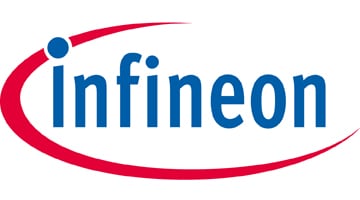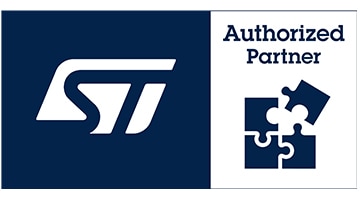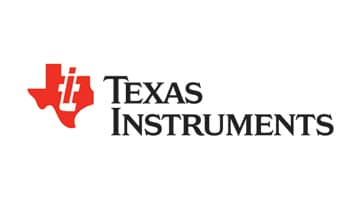Overview
| Topology | Buck-Boost Converter |
| Input voltage | 2.5-18 V |
| Output 1 | 18 V / 5 A |
| IC revision | 3 |
Description
Demonstration circuit 2129A features the LTCR3119, an 18V, 5A synchronous buck/boost DC/DC converter. The DC2129A has been designed for an input voltage range of 2.5V to 18V with an output voltage (VOUT) set to 5V. For VIN > 5V the output current can be as high as 5A. The unique 4-switch, single inductor architecture provides low noise and seamless operation from input voltages above, below, or equal to the output voltage. The LTC3119 features selectable PWM or Burst ModeR operation, and an easily synchronizable oscillator. A jumper JP3, is provided to select the operating mode. A clock signal can also be applied to JP3 if synchronization is desired. The demo board is configured for a switching frequency of 750kHz. Jumper JP1 is provided to enable the converter. Resistors R8 and R9 can be used to set an accurate turn-on voltage of the converter. Typical demo board efficiency is shown in Figure 1 for several input voltages as a function of load current. Consult the data sheet for more information. The transient response of the converter is shown in Figure 2 and Figure 3. The converter is built on a four layer board using 2oz copper on each layer for better thermal performance. The spacing between the layers has been reduced so the overall board thickness is 0.031 inches allowing for better heat transfer between layers and aiding in heat distribution across the board. The thermal performance of the demo board is shown in Figure 4. The converter can also operate in a maximum power point control mode by setting the JP2 jumper to the ON position. The MPPC point can be adjusted by changing R10 and R11. Consult the data sheet for more information. The LTC3119 data sheet has detailed information about the operation, specifications, and applications of the device. The data sheet should be read in conjunction with this quick start guide.
More information
Products
| Order Code | Datasheet | Downloads | Status | Product series | L (mm) | f (mm) | Pins (pcs) | Rows | Gender | Type | IR (A) | Packaging | Samples | |
|---|---|---|---|---|---|---|---|---|---|---|---|---|---|---|
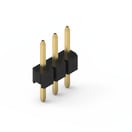 | 62000311121 | SPEC | 6 files | Active i| Production is active. Expected lifetime: >10 years. | WR-PHD 2.00 mm THT Pin Header | 6 | – | 3 | Single | Pin Header | Straight | 2 | Bag | |
 | 702933000 | SPEC | 3 files | Active i| Production is active. Expected lifetime: >10 years. | WA-SNSR Self-Retaining Spacer | 9.5 | 4.8 | – | – | – | – | – | – | |
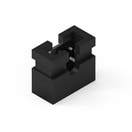 | 60800213421 | SPEC | 3 files | Active i| Production is active. Expected lifetime: >10 years. | WR-PHD 2.00 mm Jumper with Test Point | – | – | 2 | – | Jumper | – | 3 | Bag |
| Order Code | Datasheet | |
|---|---|---|
 | 62000311121 | SPEC |
 | 702933000 | SPEC |
 | 60800213421 | SPEC |
| Samples |
|---|
| Order Code | Datasheet | Downloads | Status | Product series | L (mm) | f (mm) | Pins (pcs) | Rows | Gender | Type | IR (A) | Packaging | Samples |
|---|

